
Medics gather by a high-rise apartment block that was hit by recent shelling in Kyiv on Feb. 26.GENYA SAVILOV/AFP/Getty Images
The battle for Kyiv intensified on Friday with Russian troops and armoured vehicles invading parts of Ukraine’s capital and the city’s residents taking up arms to fight back, as the country’s President vowed to stay amid the onslaught on his country.
The Defence Ministry said Russian reconnaissance units were in the northern Obolon neighbourhood of the city, close to Kyiv’s historic Podil district, a place of cafés and cobblestoned streets that is now a front line.
“We ask citizens to inform about the movement of equipment!” the official statement said. “Make Molotov cocktails, neutralize the occupier!”
Russia’s authoritarian President Vladimir Putin called on the Ukrainian army to overthrow the elected government of President Volodymyr Zelensky.
“Take power in your own hands. It seems like it will be easier for us to agree with you than this gang of drug addicts and neo-Nazis,” Mr. Putin said, referring to Mr. Zelensky, who is Jewish.
Follow live updates on the war in Ukraine
The Ukrainian government said they had destroyed three bridges on the northern approach to the capital to slow the Russian advance.
A few hours later, as fighting moved closer to the centre of the city, the Interior Ministry announced it had distributed some 18,000 assault rifles to residents.
Friday’s fighting followed a night of fierce bombing in and around Kyiv.
In the eastern Pozniaky district of the city, a 10-storey apartment block had its windows blown out and façade badly damaged when a Russian cruise missile slammed into the ground directly in front of the residential building, leaving a two-metre-deep crater while narrowly missing a kindergarten. Three people were injured.
“It’s an indiscriminate crime. If they had hit the building, it would have exploded like a match,” Gurban Abasov, a 70-year-old singer whose eighth-floor apartment was scorched by fire after the missile strike, told The Globe. “Ordinary people live here. This place has nothing to do with the military.”
A man surveys the damage near a crater left in a Kyiv apartment complex on Feb. 25.Anton Skyba/The Globe and Mail
Amnesty International said on Friday that Russia’s war against Ukraine “has been marked by indiscriminate attacks on civilian areas and strikes on protected objects such as hospitals,” and that at least six civilians had been confirmed as killed in the first day of attacks. Agnès Callamard, the group’s secretary general, said some of the attacks on civilian areas “may be war crimes.”
Russian air strikes and missile attacks continued to hit Kyiv throughout Friday. As night fell, the roar of fighter jets mixed with the thud of artillery fire somewhere in the dark, and residents were repeatedly forced to flee into bomb shelters.
With Russian units less than 10 kilometres from the Presidential Administration building in the city centre, Mr. Zelensky called for direct talks with Mr. Putin. “I want to appeal once again to the President of the Russian Federation. Fighting is taking place all over Ukraine. Let’s sit down at the negotiating table to stop the deaths of people,” Mr. Zelensky said in a video address.
He said 137 Ukrainians had been killed, and 316 injured, on Thursday during the first day of fighting. There was no credible count of Russian casualties. The Ukrainian military claimed to have killed 1,000 Russian soldiers, while Russia’s Ministry of Defence reported “no losses.”
Mr. Putin said Russia was willing to send a delegation of officials to Minsk, the Belarusian capital. Minsk has been the site of years of fruitless talks aimed at ending the smaller scale war between the Ukrainian military and a Moscow-backed militia that controls part of the Donbas region in southeastern Ukraine. Nor is Belarus any kind of neutral turf – Belarusian dictator Alexander Lukashenko has allowed Russia to use his country’s territory to launch their attack on Kyiv.
Mr. Putin also called for a military coup against Mr. Zelensky, claiming that Ukrainian “nationalists” – and the advice of “American advisers” – were preparing to attack residential areas of Ukrainian cities, including Kyiv and Kharkiv, with rockets.

Ukrainian President Volodymyr Zelensky speaks to the camera in a video posted to his Facebook account on Feb. 25.Facebook/@Volodymyr Zelensky/AFP via Getty Images
Mr. Zelensky, who was elected in 2019, said unspecified intelligence suggested that Russia’s plan was to forcibly remove him as head of state.
“They want to destroy Ukraine politically by destroying the head of state,” he said in an overnight video address, appearing unshaven and wearing a military green shirt. “The enemy marked me as a target No. 1 and my family as the target No. 2.”
Later on Friday, a stern-faced Mr. Zelensky posted a video of himself standing outside the Presidential Administration building with his top staff, saying they would remain in Kyiv despite the risks. “All of us here, we are defending our independence. And we will continue to do so. Glory to our male and female defenders. Glory to Ukraine.”
Kyiv mayor Vitali Klitschko said Russian sabotage units were operating inside the city, which has been under a state of emergency since shortly before the Russian assault began late on Wednesday.
“The city has gone into a defensive phase. Shots and explosions are ringing out in some neighbourhoods. Saboteurs have already entered Kyiv,” Mr. Klitschko, a former world boxing champion, said.
“The enemy wants to put the capital on its knees and destroy us.”
Mr. Putin has said the invasion was necessary because Ukraine’s ambition to join the NATO military alliance posed a threat to Russia, while also claiming a need to protect Ukraine’s Russian-speaking minority. Ukrainian officials believe that Mr. Putin never saw Ukraine as an independent state, and the Kremlin was unwilling to tolerate a democratic state on its border.

An Ukrainian soldier walks through debris on the west side of the Ukrainian capital of Kyiv on Feb. 26.DANIEL LEAL/AFP/Getty Images
Ukraine’s often-chaotic democracy has seen the country go through five presidents during the 22-plus years that Mr. Putin has ruled Russia.
In addition to the attack on Kyiv, Russian forces were closing on the country’s second-largest city Kharkiv, in the east of the country. There were also reports that at least part of Kherson, a city of 300,000 people near Crimea in the south of Ukraine, had been captured. “The enemy overcame the defences of the city with significant forces and great losses,” read a statement posted on the city’s Facebook page.
But while Russian forces were making significant military gains in the early days of this war, there were also signs that it will be much harder to win over the Ukrainian population. In Henichesk, a village near Kherson, a video emerged of an elderly woman confronting an armed Russian soldier on the streets.
“What the ... are you doing in our land with all these guns?” the woman asks, ignoring the soldier’s order to move along. “Take these seeds and put them in your pockets so at least sunflowers will grow when you all lie down here.”
Russia invades Ukraine: More from The Globe and Mail
The day in photos
The Globe in Eastern Europe
Final moments of Ukrainian border guards’ fierce stand against Russians become rallying cry
Ukrainians fleeing Russian attacks cross into Poland to face an uncertain reception
Afghan refugees stuck in Ukraine with no exit in sight
Video: Reaction in Russia
Anti-war protesters took to the streets of St. Petersburg on Thursday to protest against Russia’s invasion of Ukraine. Hundreds were arrested there and at similar protests in more than 50 cities.
The Globe and Mail
Our Morning Update and Evening Update newsletters are written by Globe editors, giving you a concise summary of the day’s most important headlines. Sign up today.

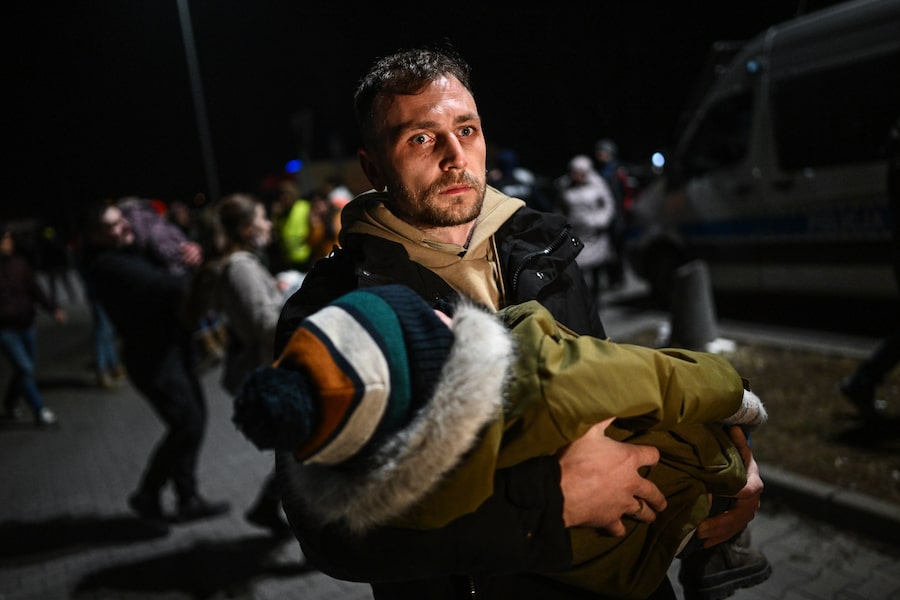
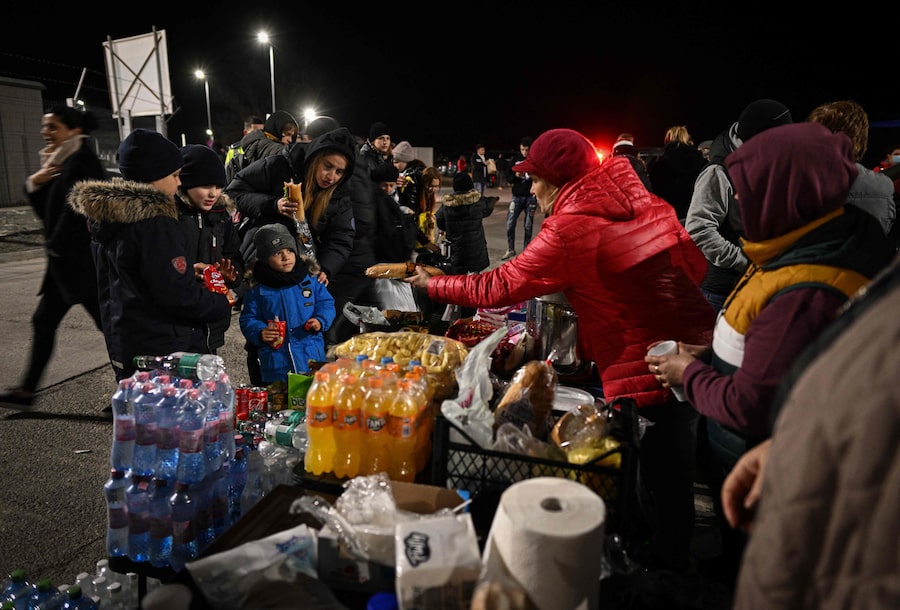
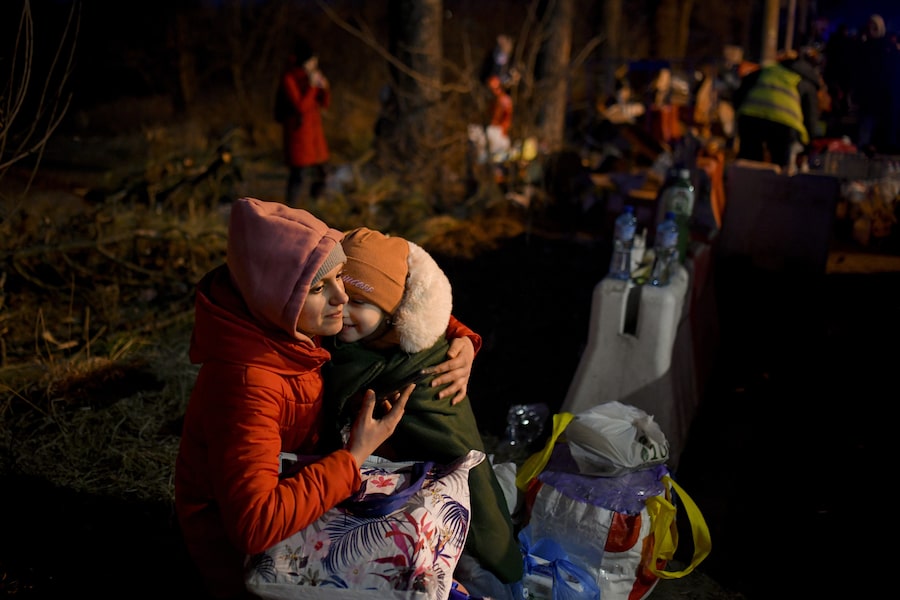
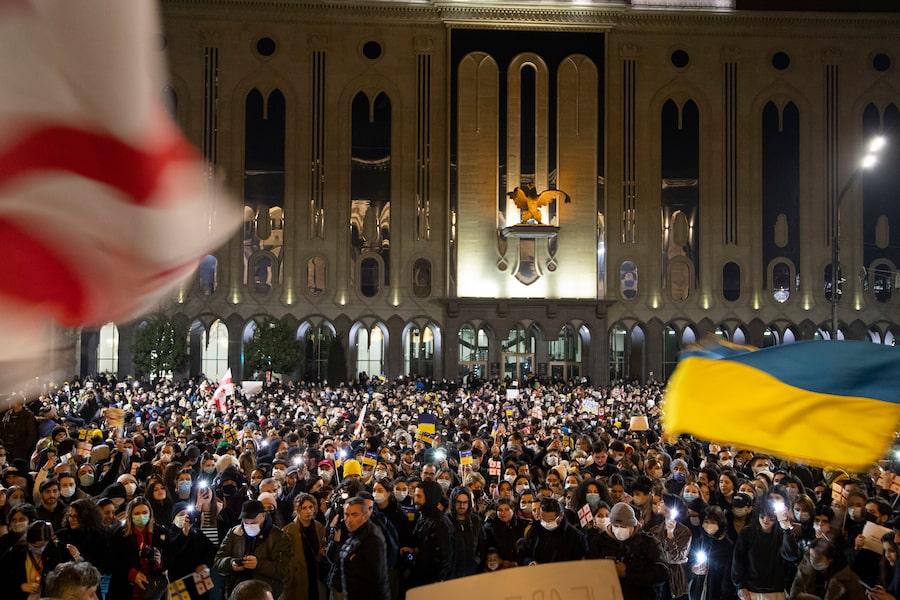


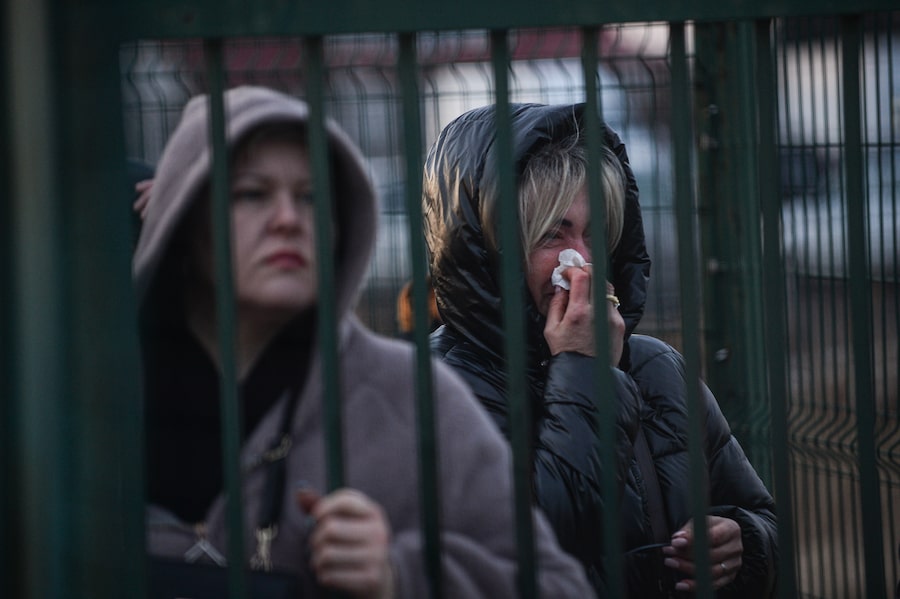



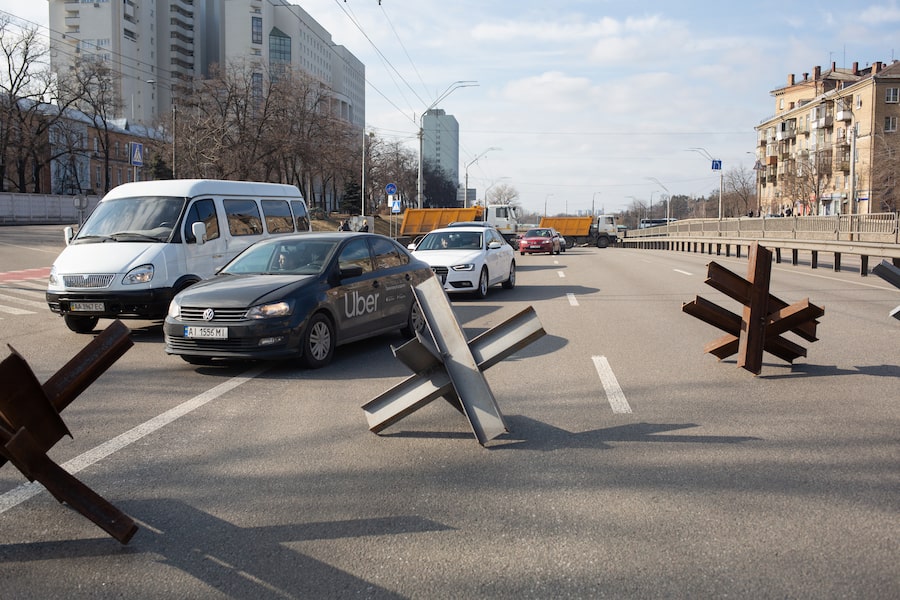





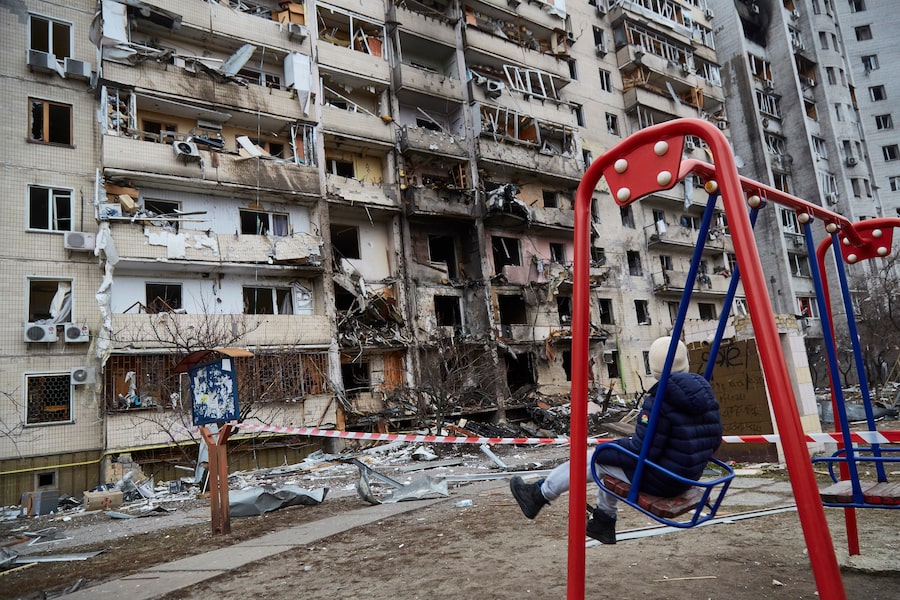

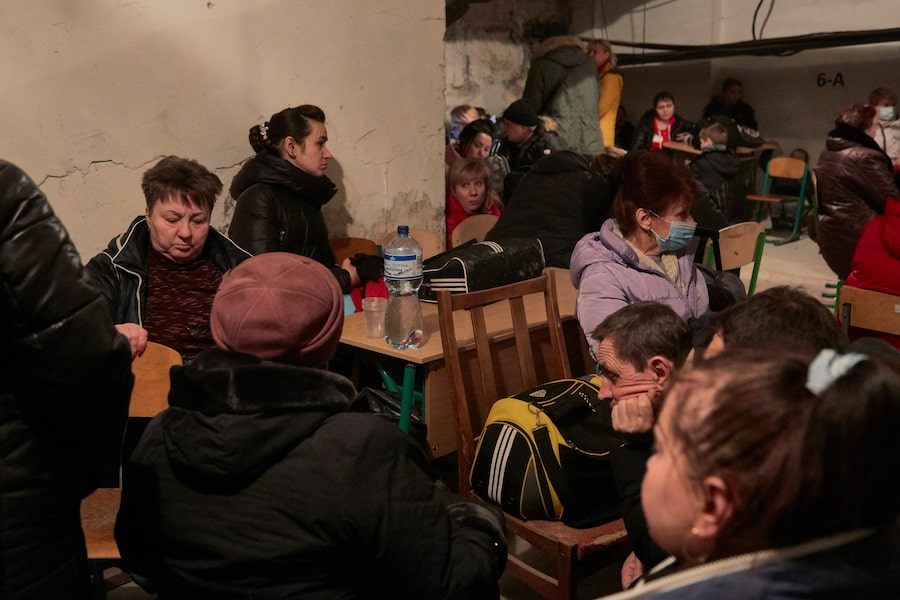


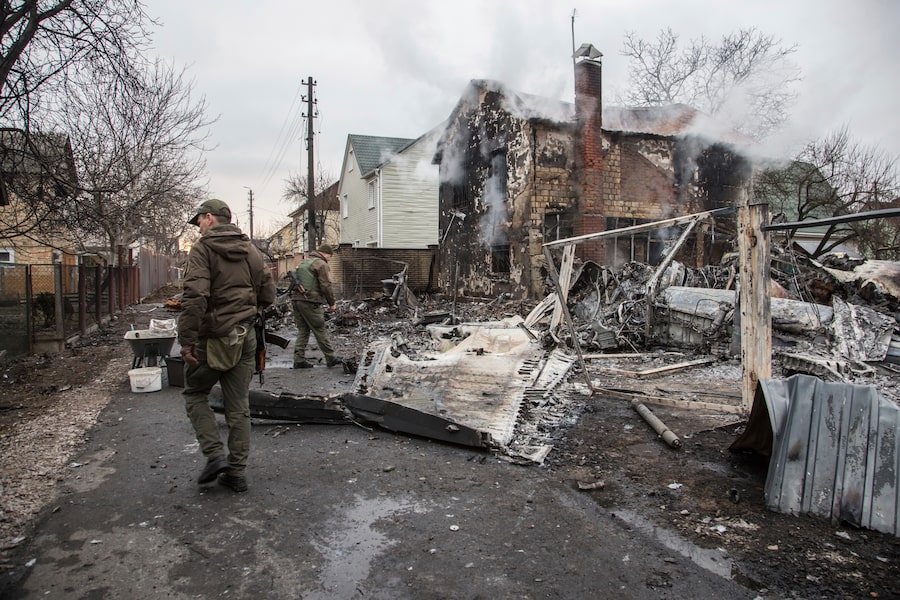



 Mark MacKinnon
Mark MacKinnon